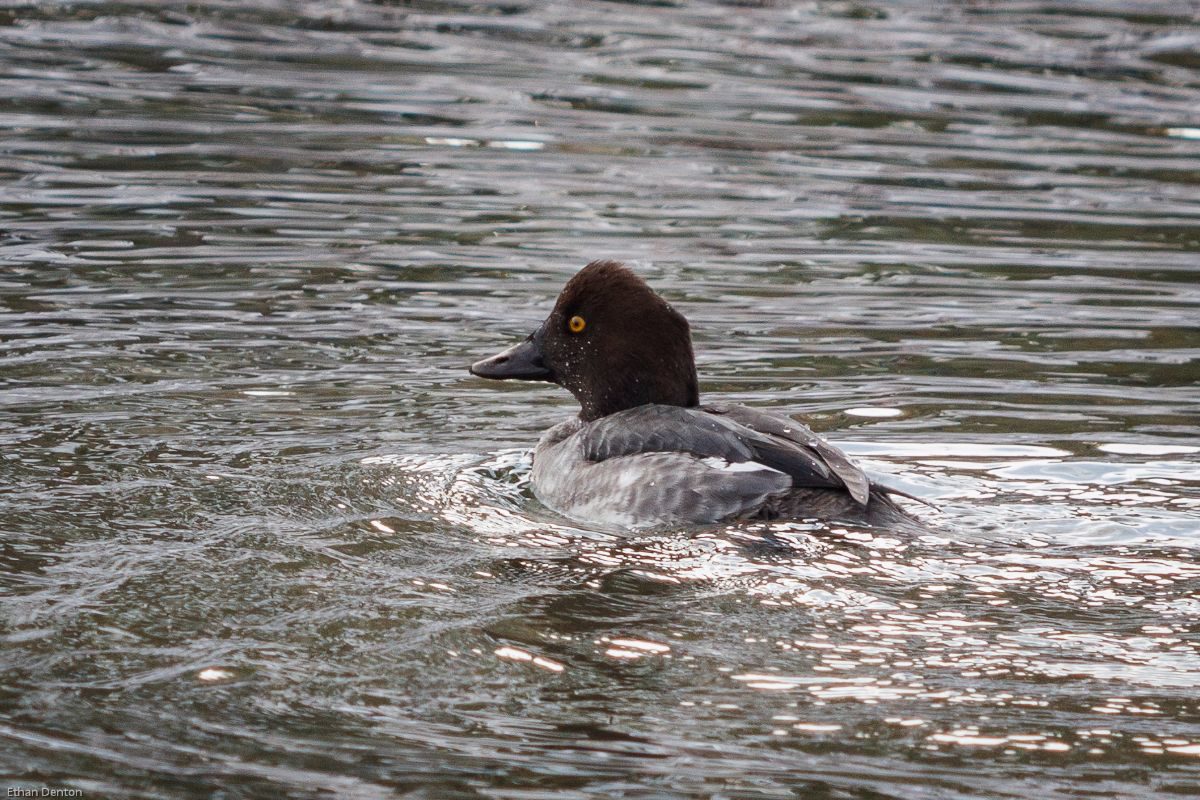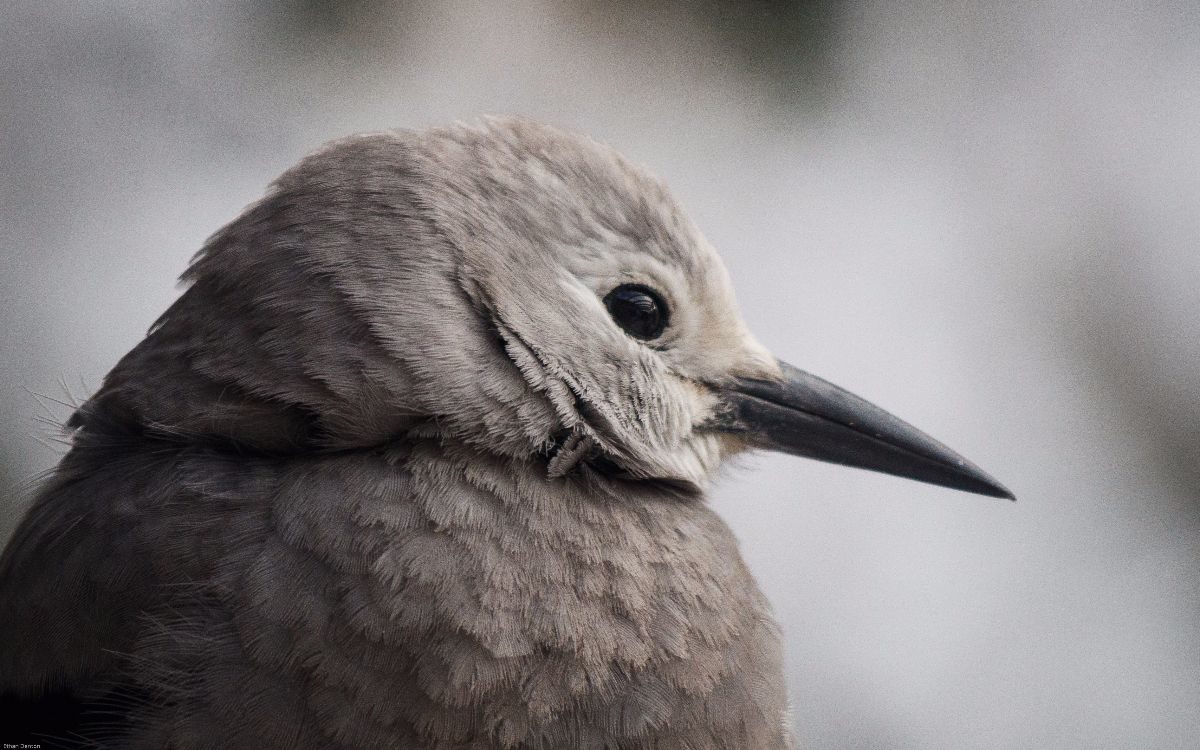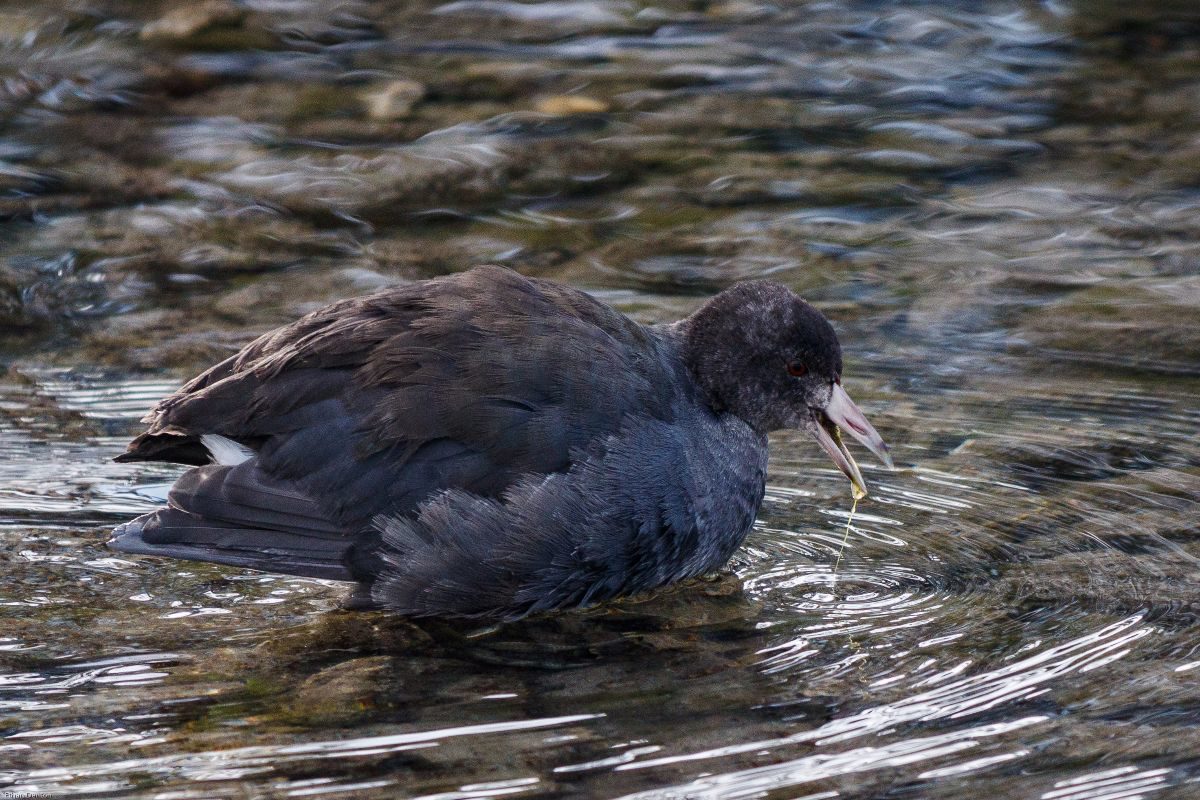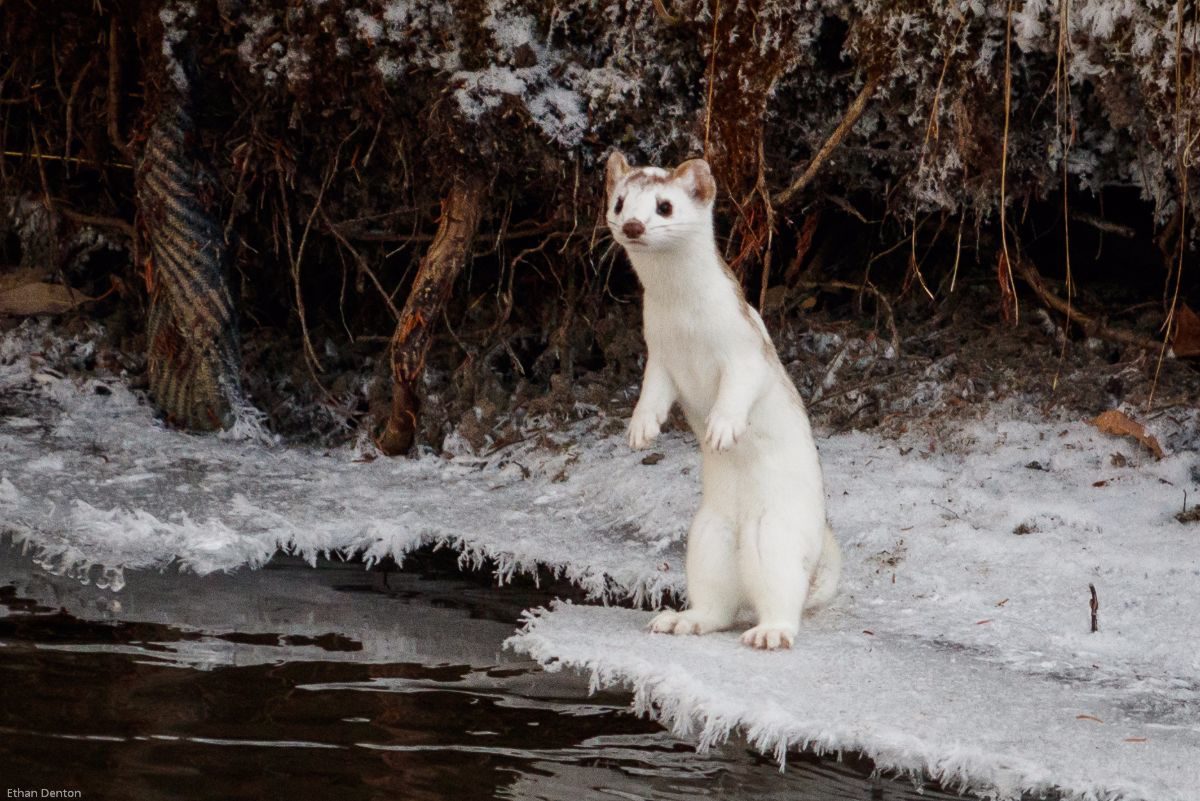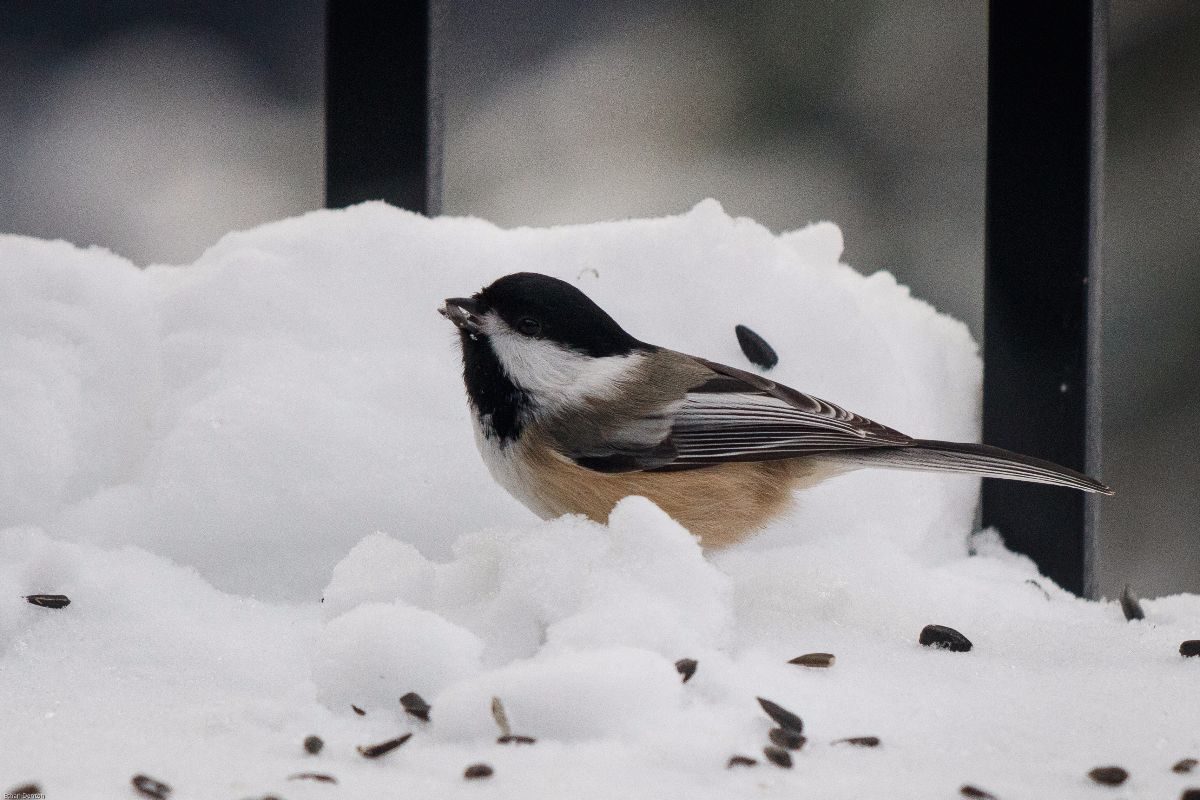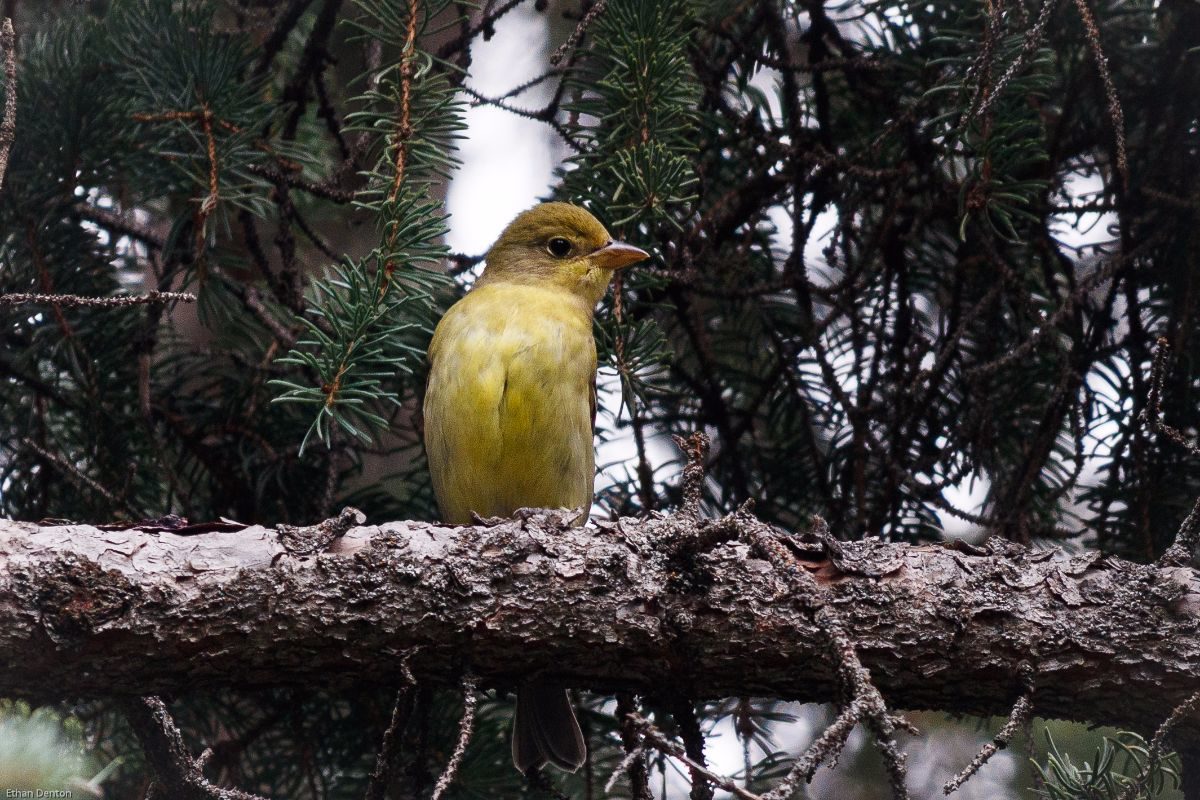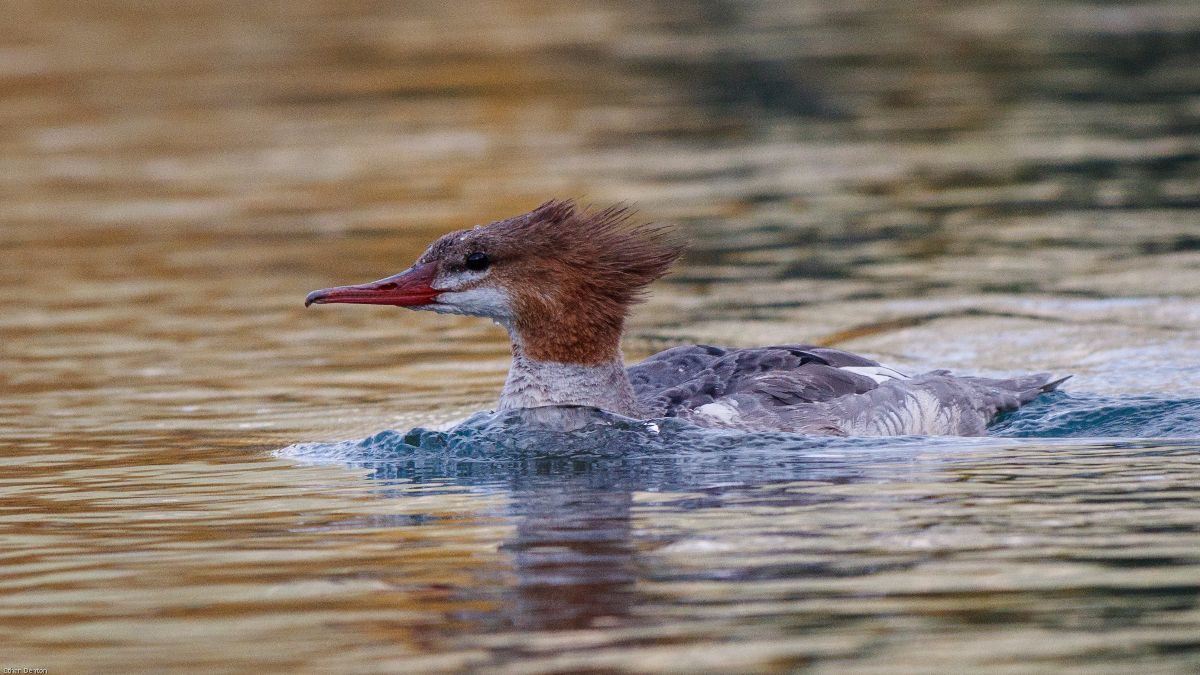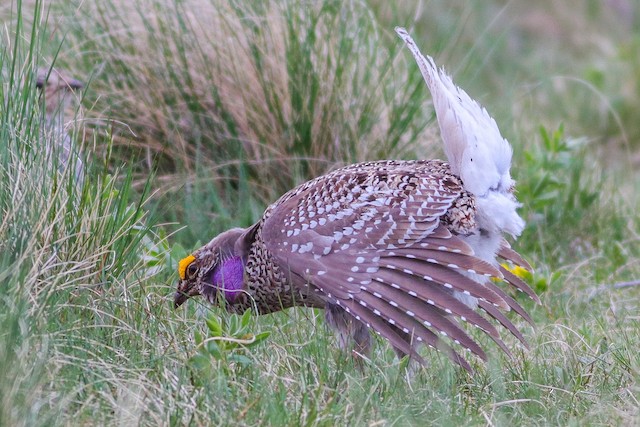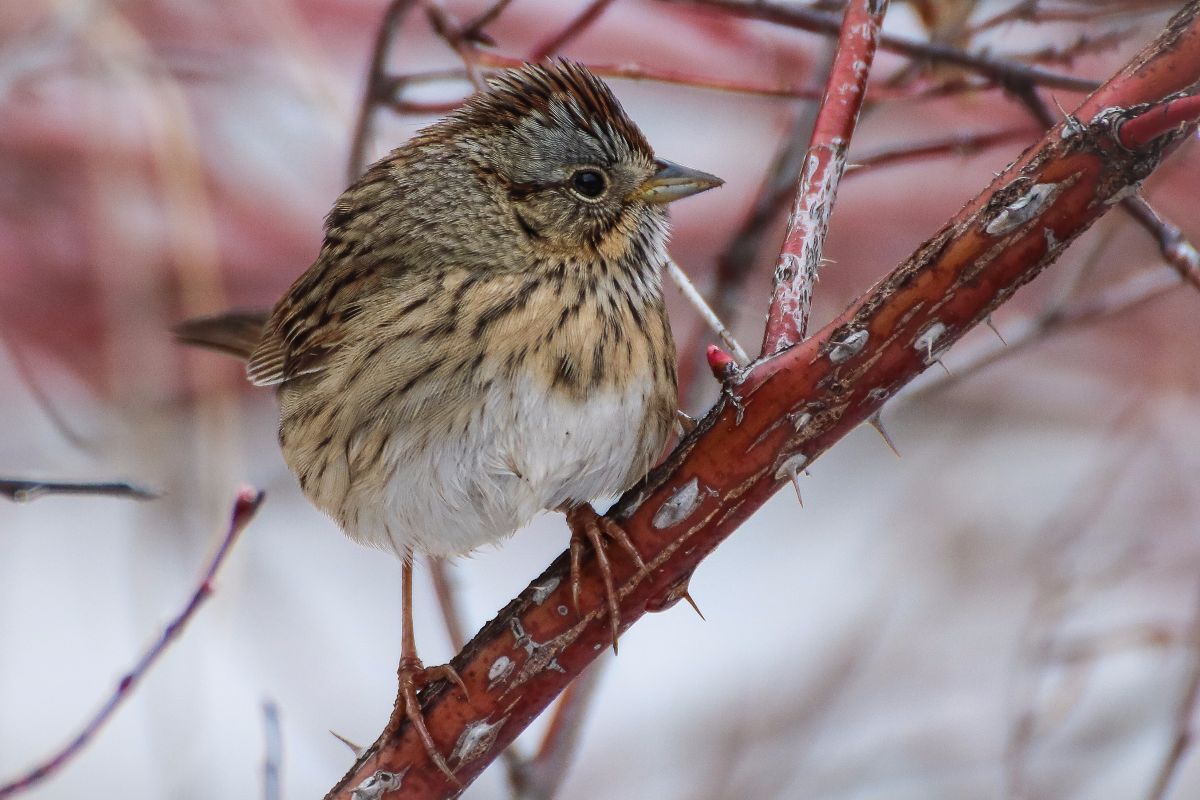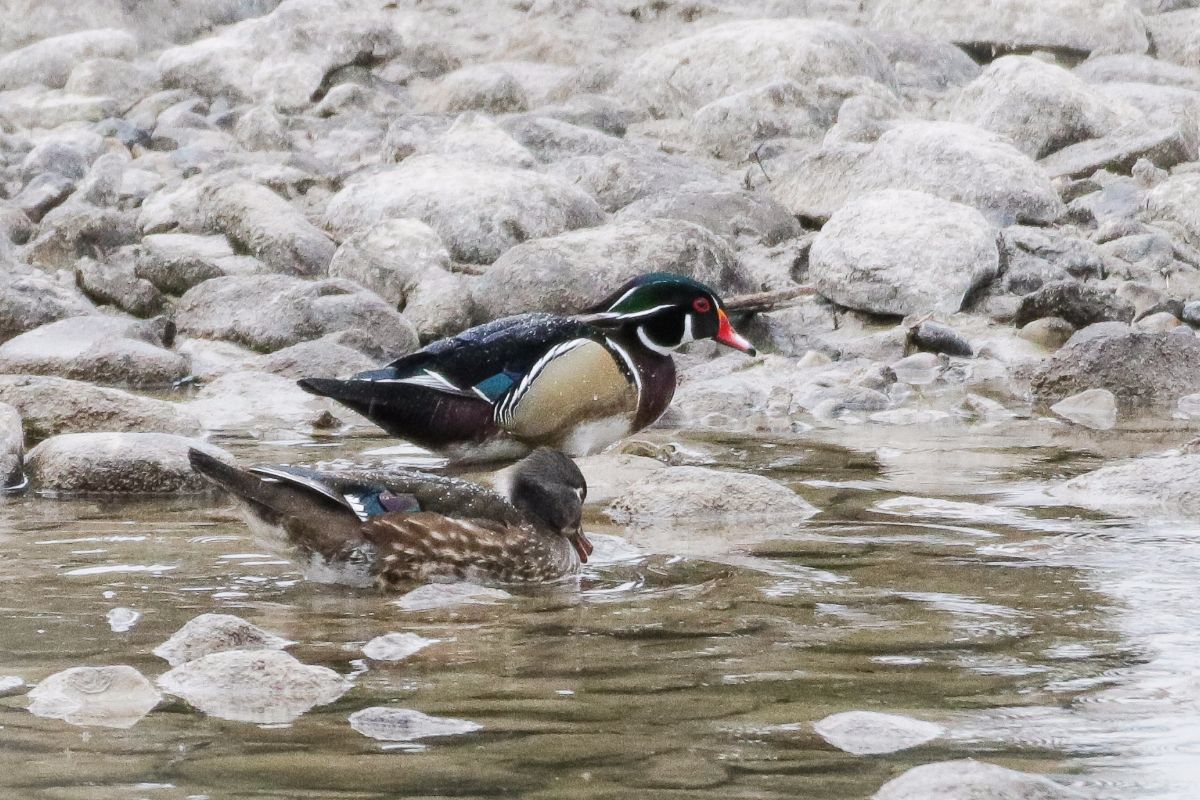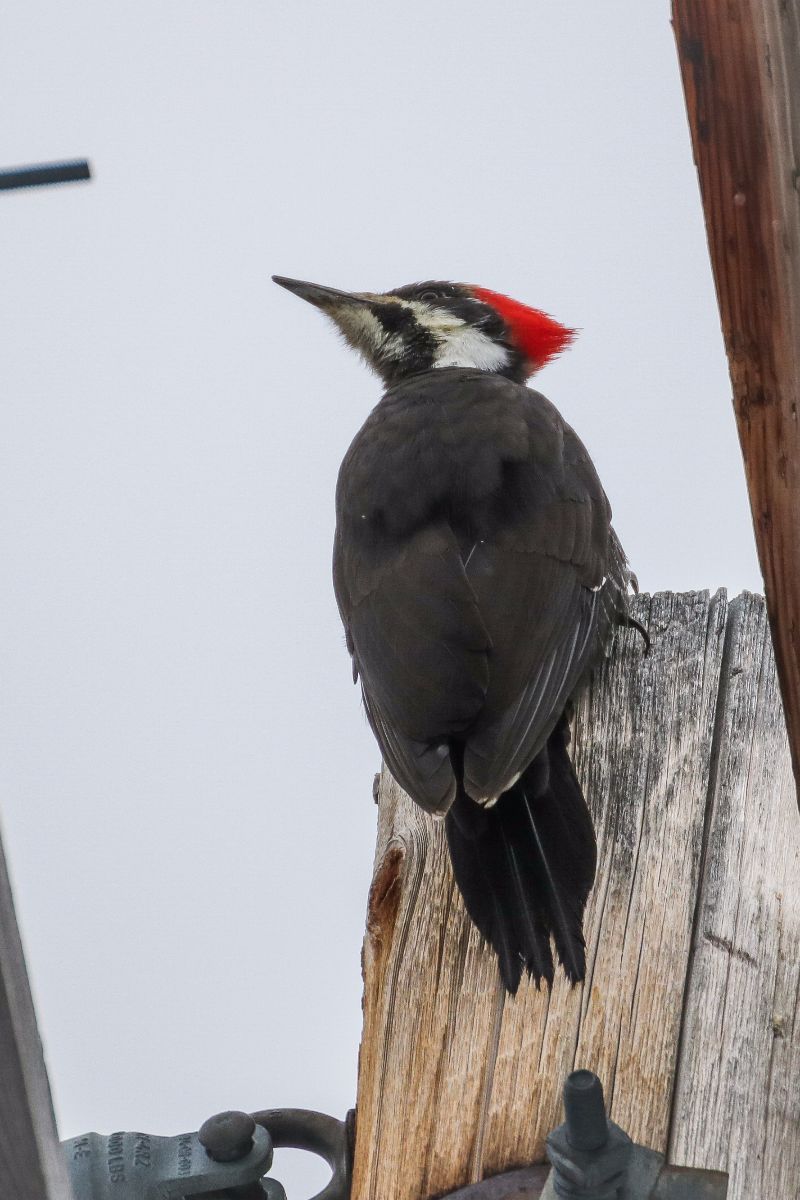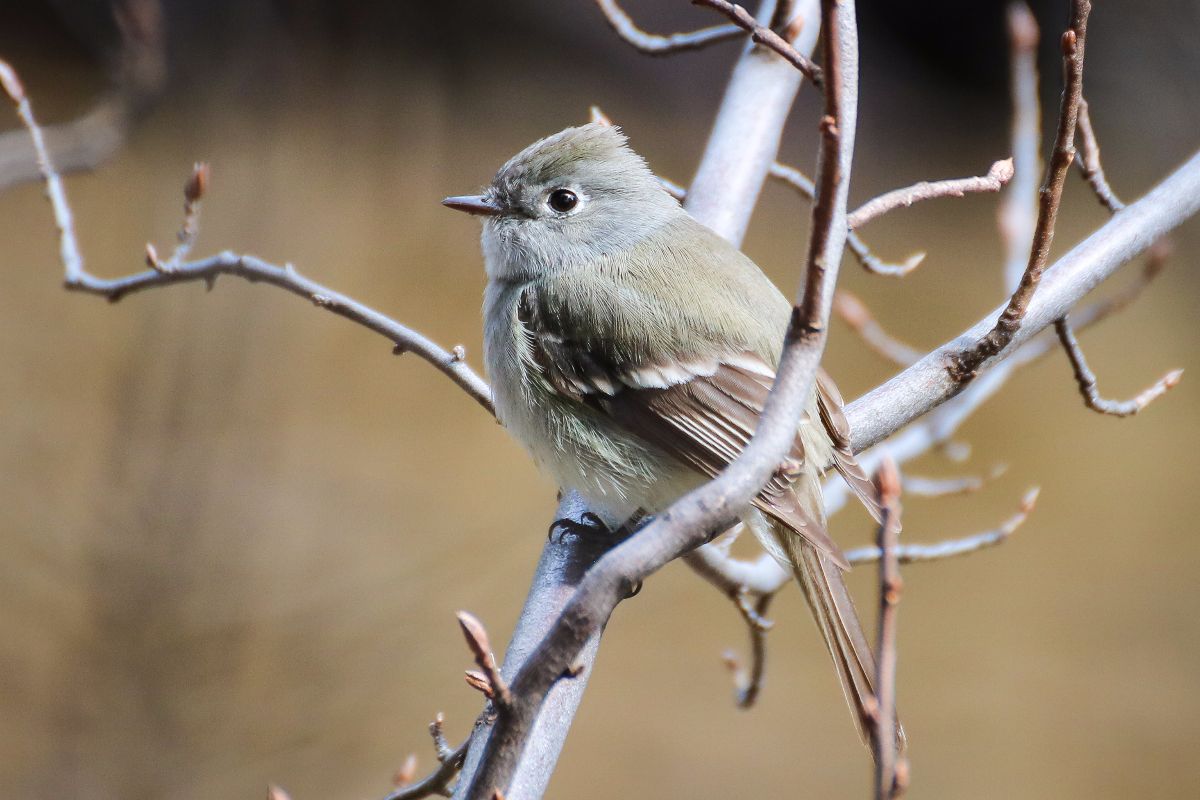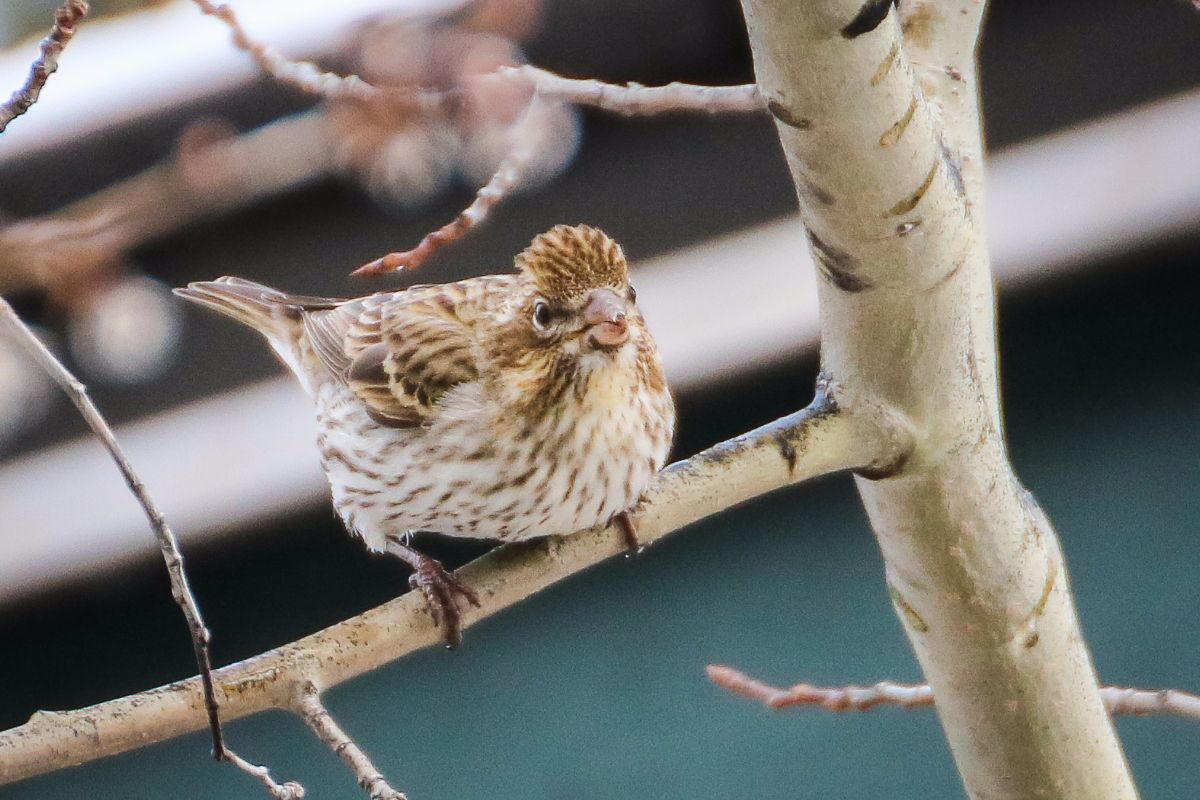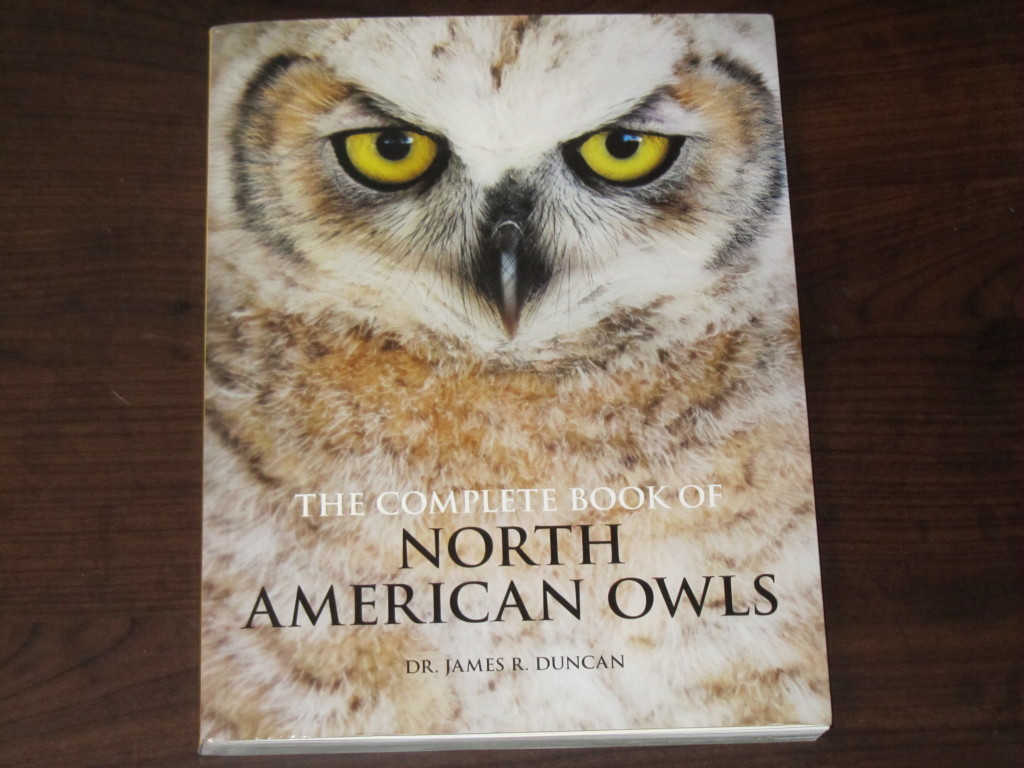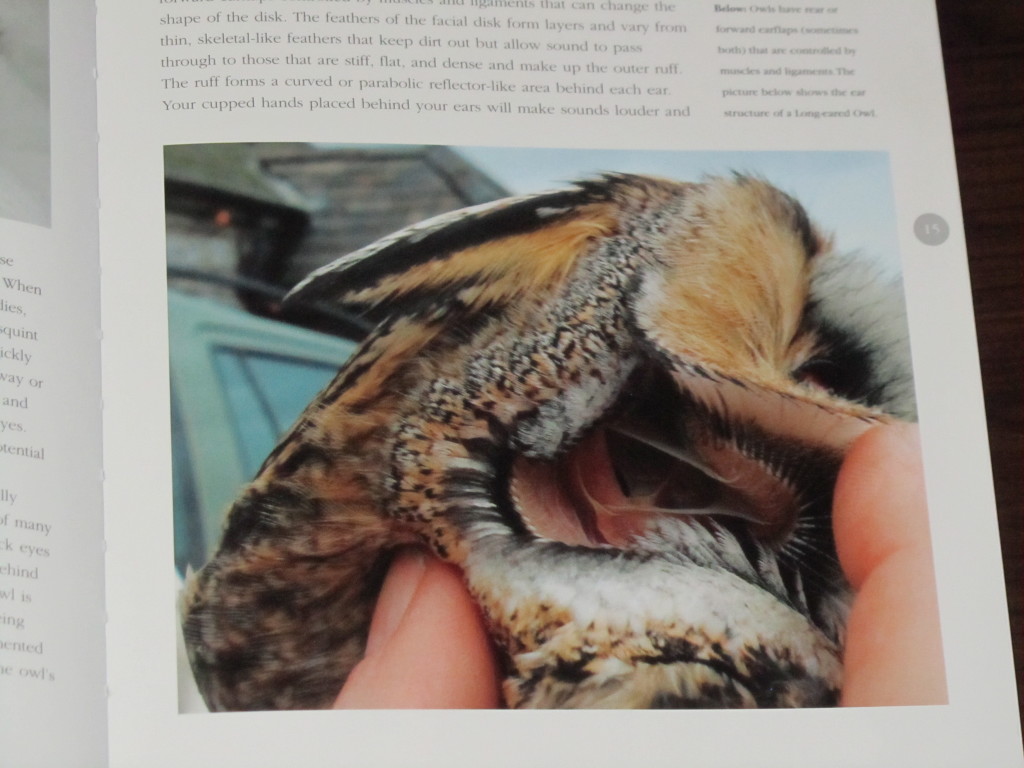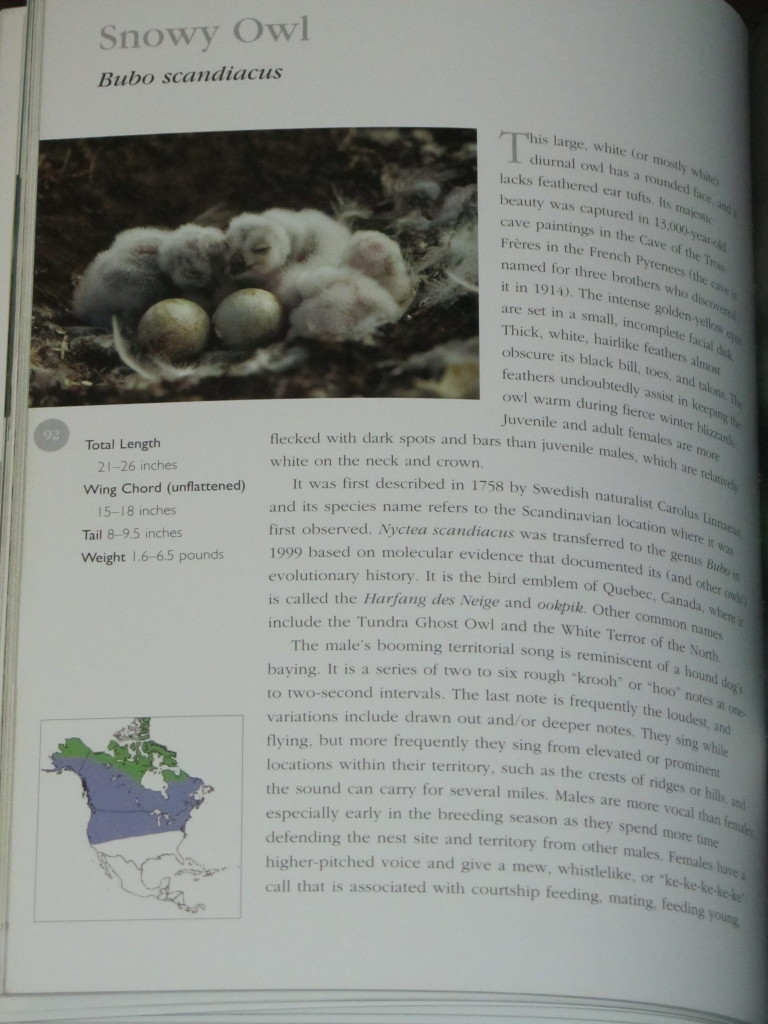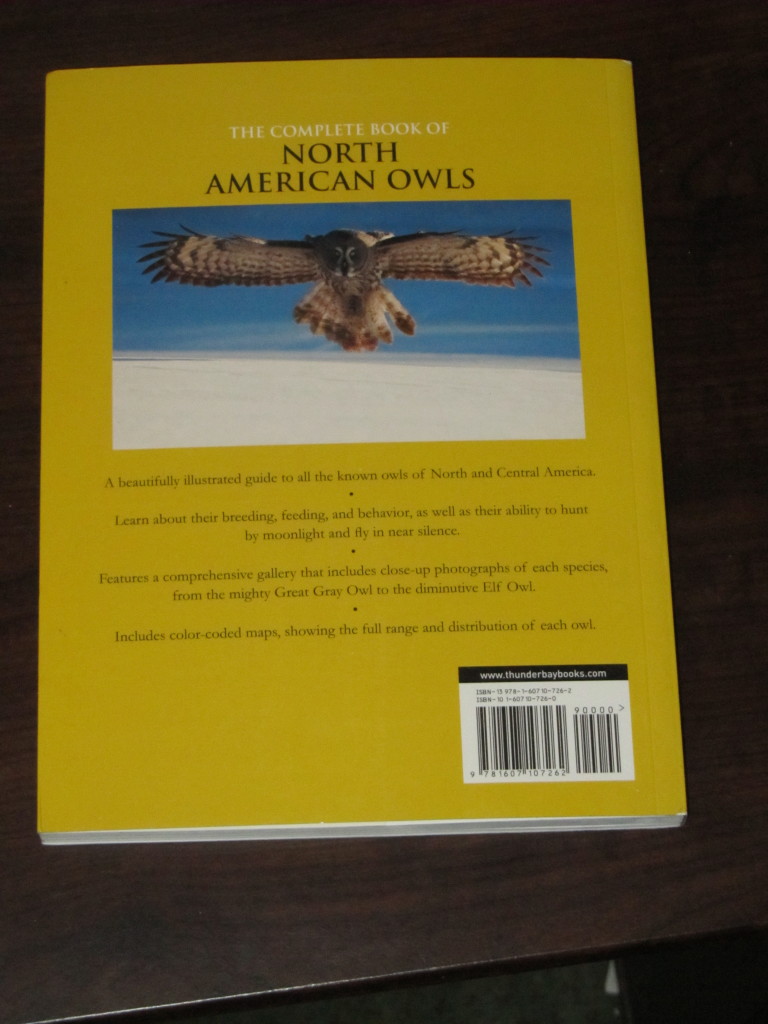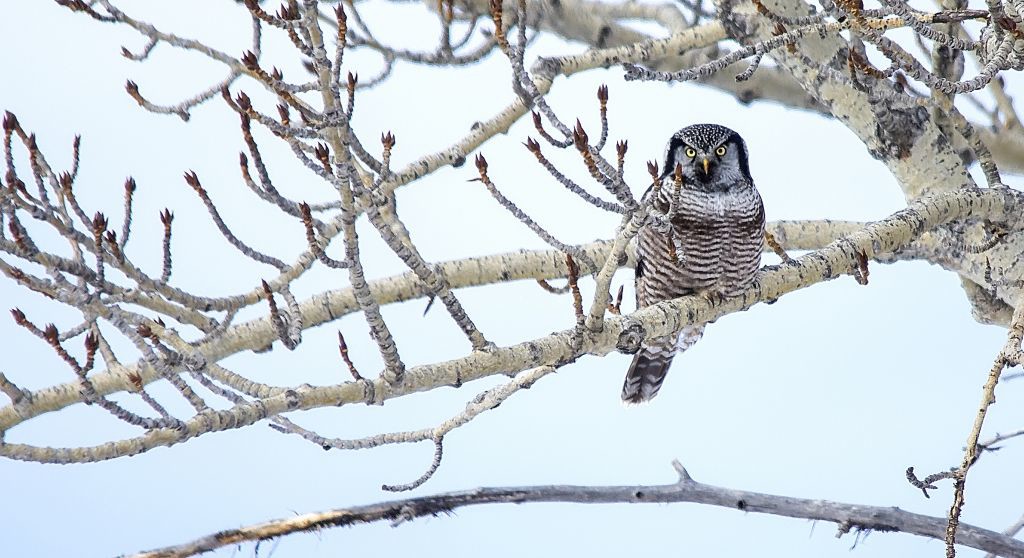Posted by Ethan Denton (BirdBoy)
While top locations like Confederation Park and Mallard Point are the go-to spots for fall warbler migration in our part of Alberta, it’s often worth checking out some less-birded hotspots for rarities passing unnoticed. The Bow Valley is a perfect example of this, as Policeman’s Creek, Vermillion Lakes and Flowing Waters Trail are more than capable of holding their own in the fall flurries. I’ve been birding these exact spots over the past month, and I would encourage all you Calgary birders to try them out during September.
Located in the heart of Canmore, Policeman’s Creek is a great spot to go for unusual birds, and has not disappointed this autumn. Around eight Blackpolls, a Magnolia, two MacGillivary’s and a Canada Warbler (only the third eBird record for the county) fill the warbler quota, while Warbling and Red-eyed Vireos, Say’s Pheobe and Eastern Kingbird join in. Merlin, Peregrine and Prairie Falcons all made appearances.
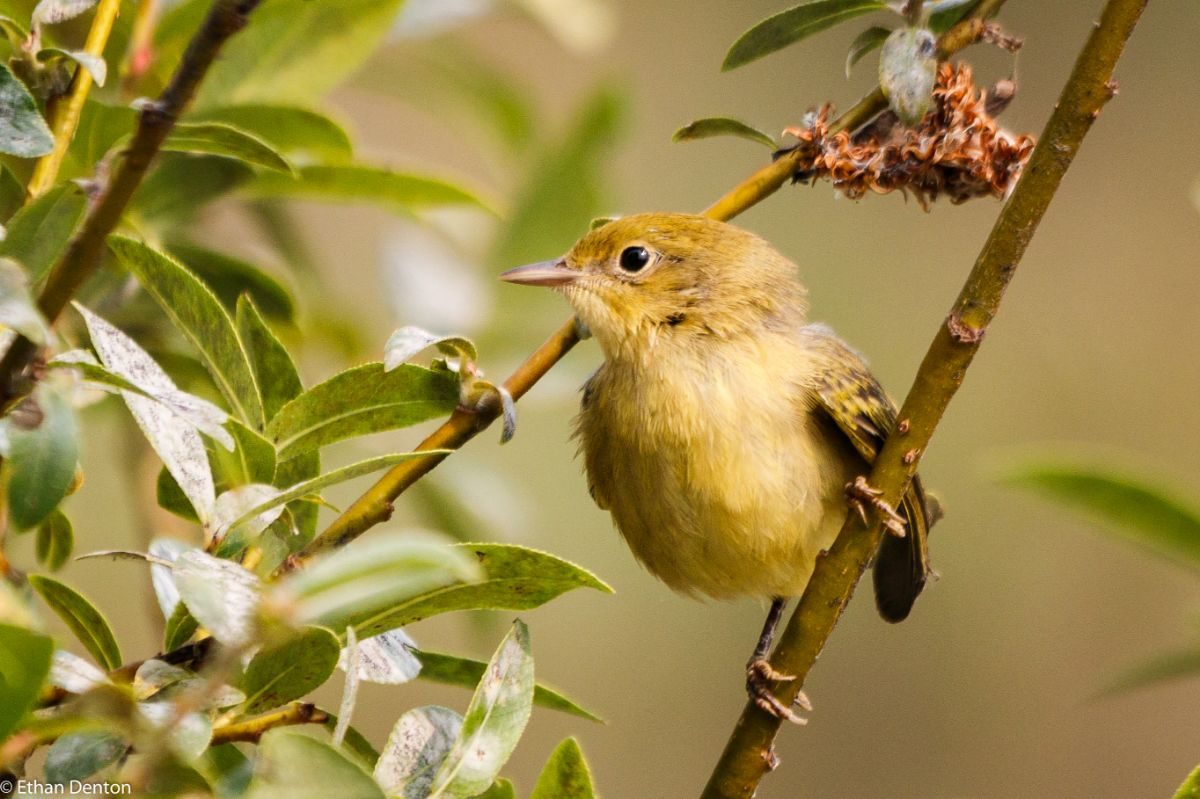
Yellow Warbler, Policeman’s Creek
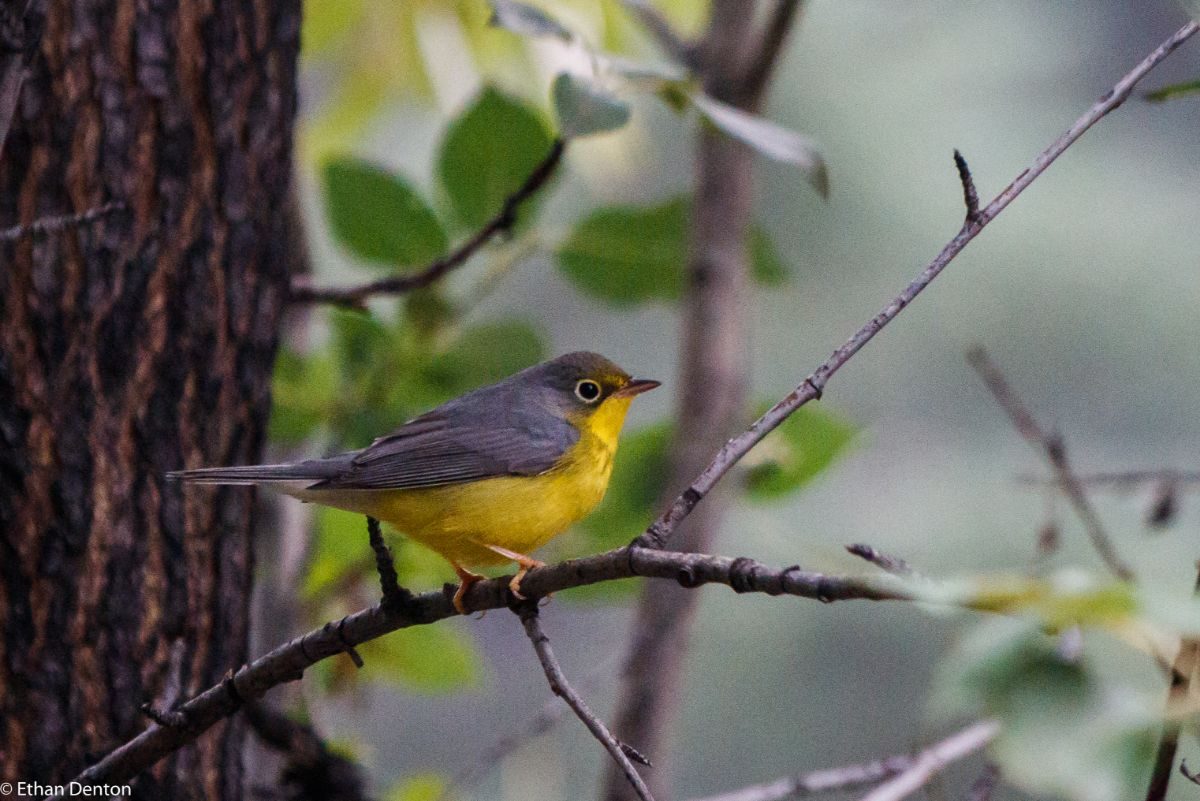
Canada Warbler, Policeman’s Creek
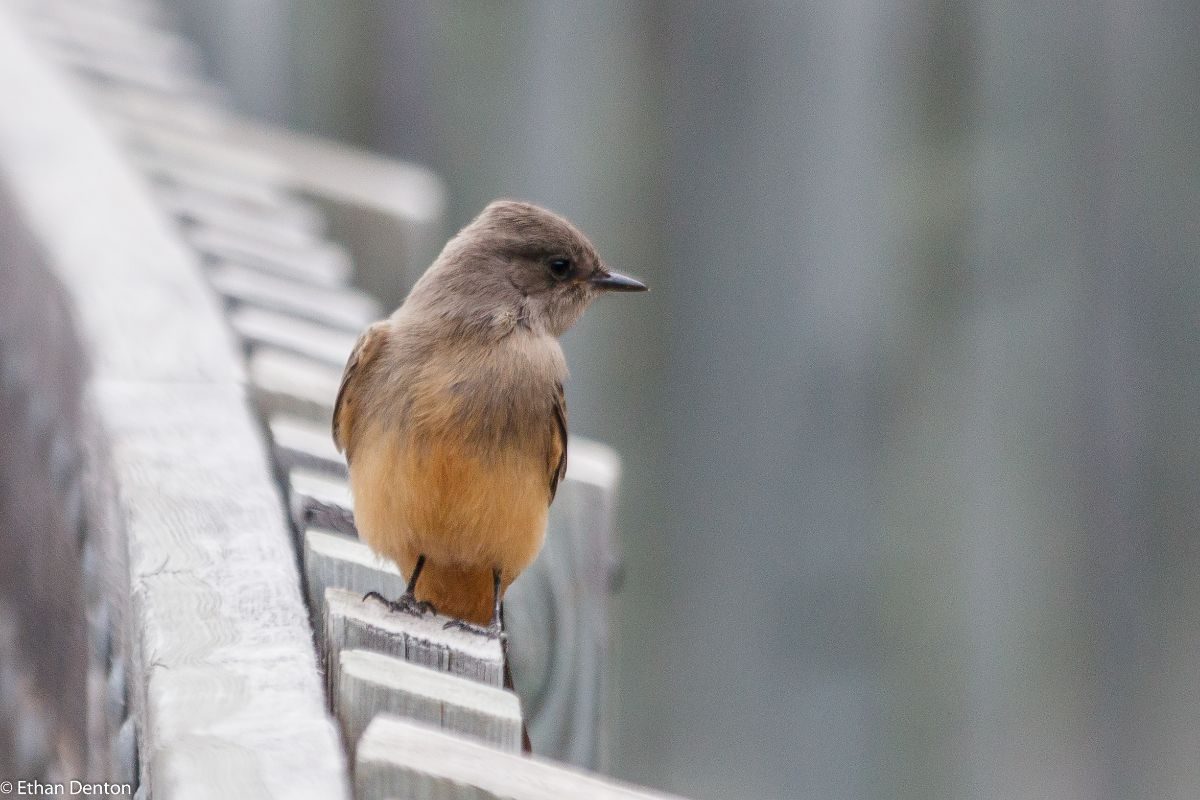
Say’s Pheobe, Policeman’s Creek
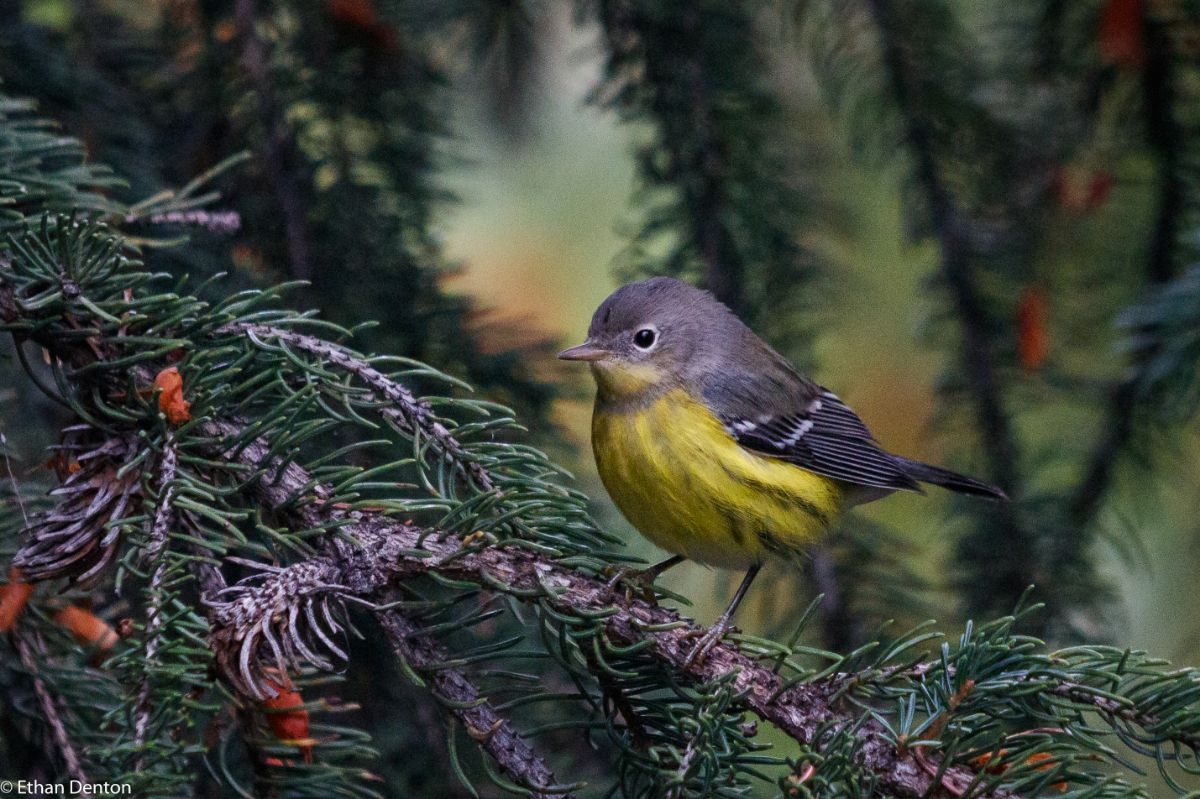
Magnolia Warbler, Policeman’s Creek
Bow Valley Provincial Park’s Flowing Waters Trail is a short walk around some of the best habitat in the area, and supports dozens of fall migrants. Cassin’s and Blue-headed Vireo, American Redstarts and Nashville Warbler have all been seen there recently, and it’s one of the best spots to find Western Tanager, Eastern Kingbird and Warbling Vireo in the valley.
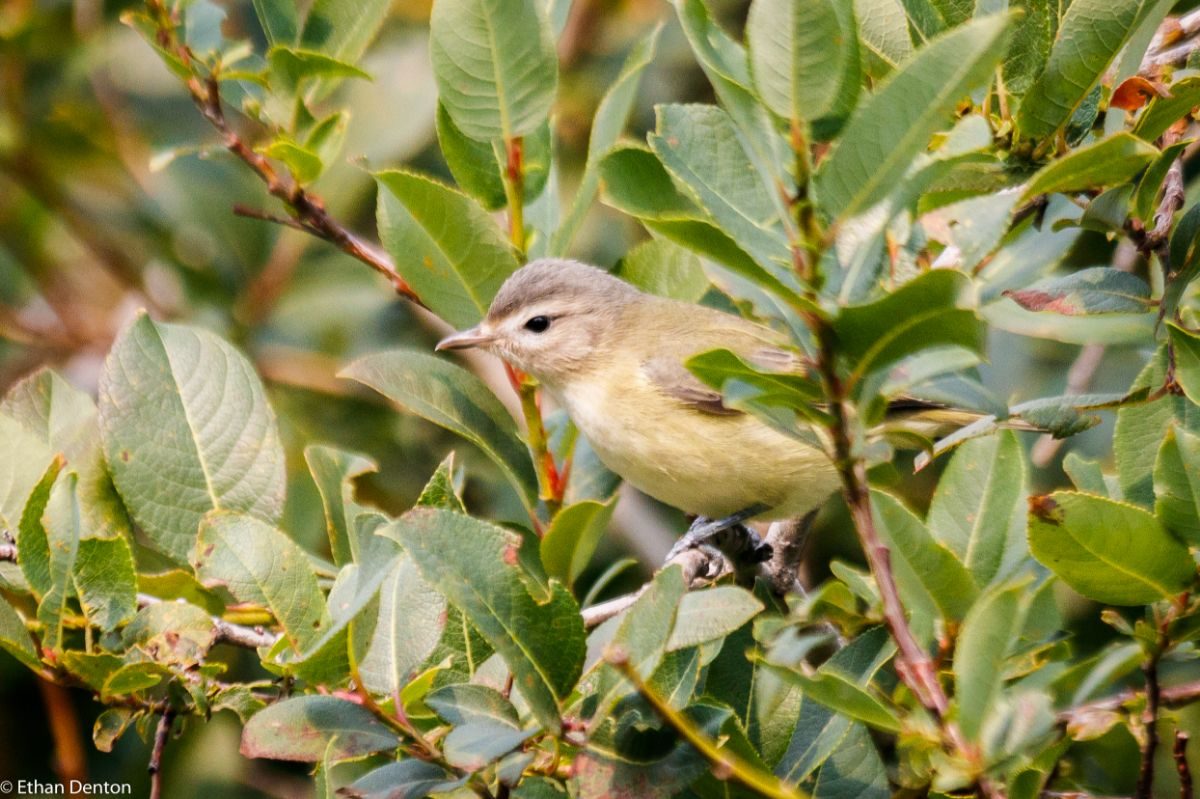
Warbling Vireo, Flowing Waters
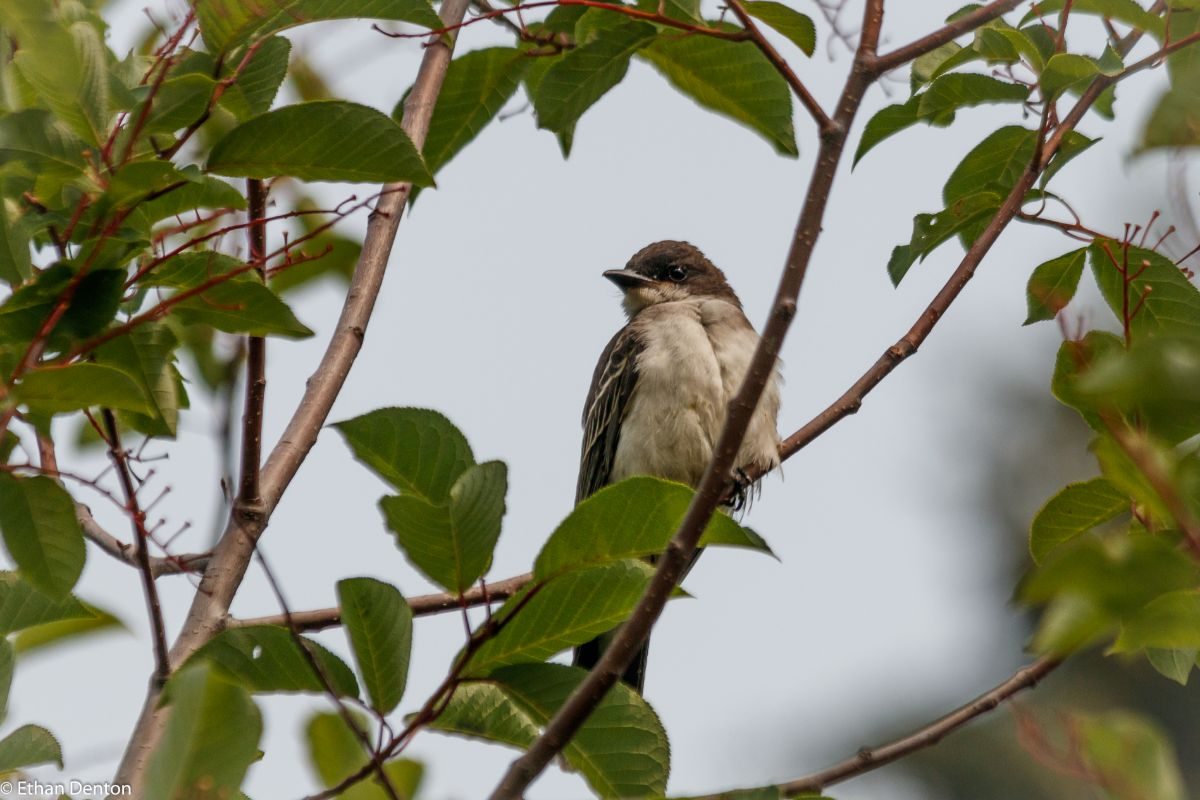
Eastern Kingbird, Flowing Waters
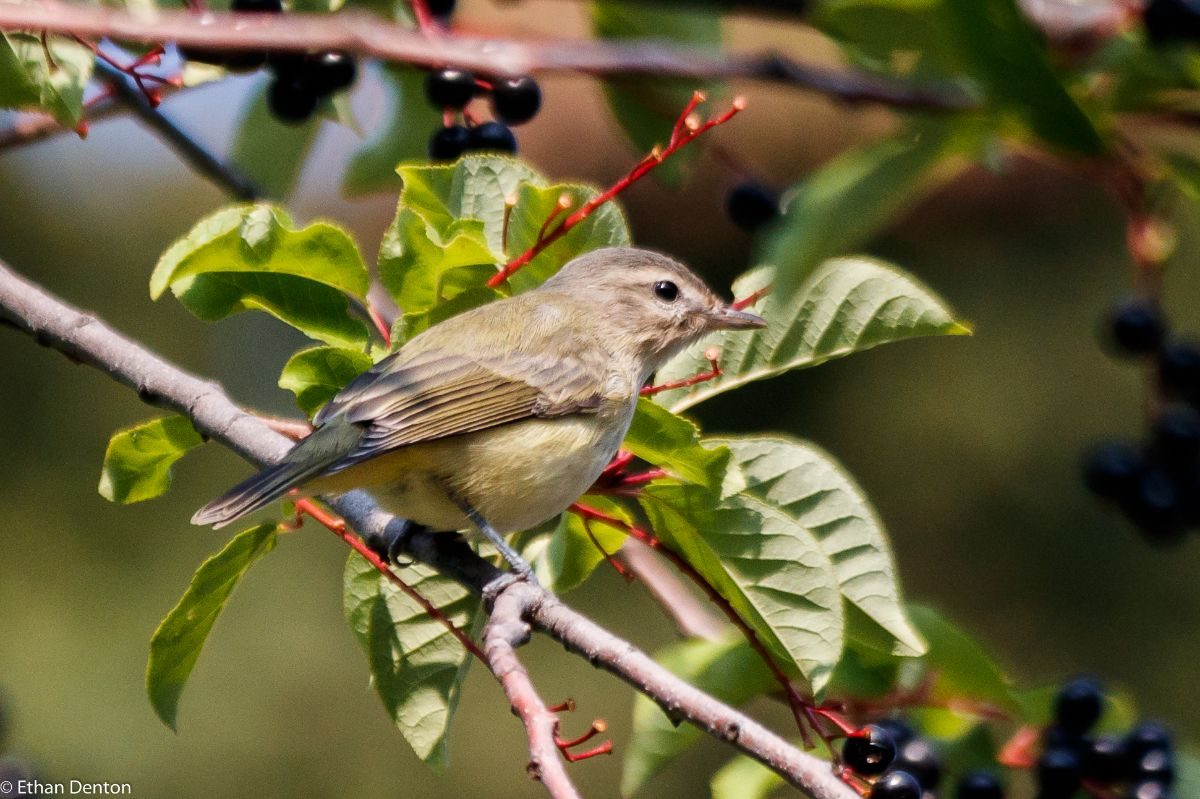
Warbling Vireo, Flowing Waters
Vermillion Lakes will only now be starting its high point for the fall, but this 220+ species location boasts an impressive track record of Black-bellied and Golden Plovers, Baird’s and Pectoral Sandpipers, and ducks such as Eurasian Wigeon and Red-breasted Merganser. This fall, I’ve already seen two Stilt Sandpipers, a Pectoral, and both species of Yellowlegs. For those who rarely visit the mountains, Clark’s Nutcrackers and Mountain Chickadees are common. MacGillivary’s and Magnolia Warblers have turned up here this fall, and more may be coming.
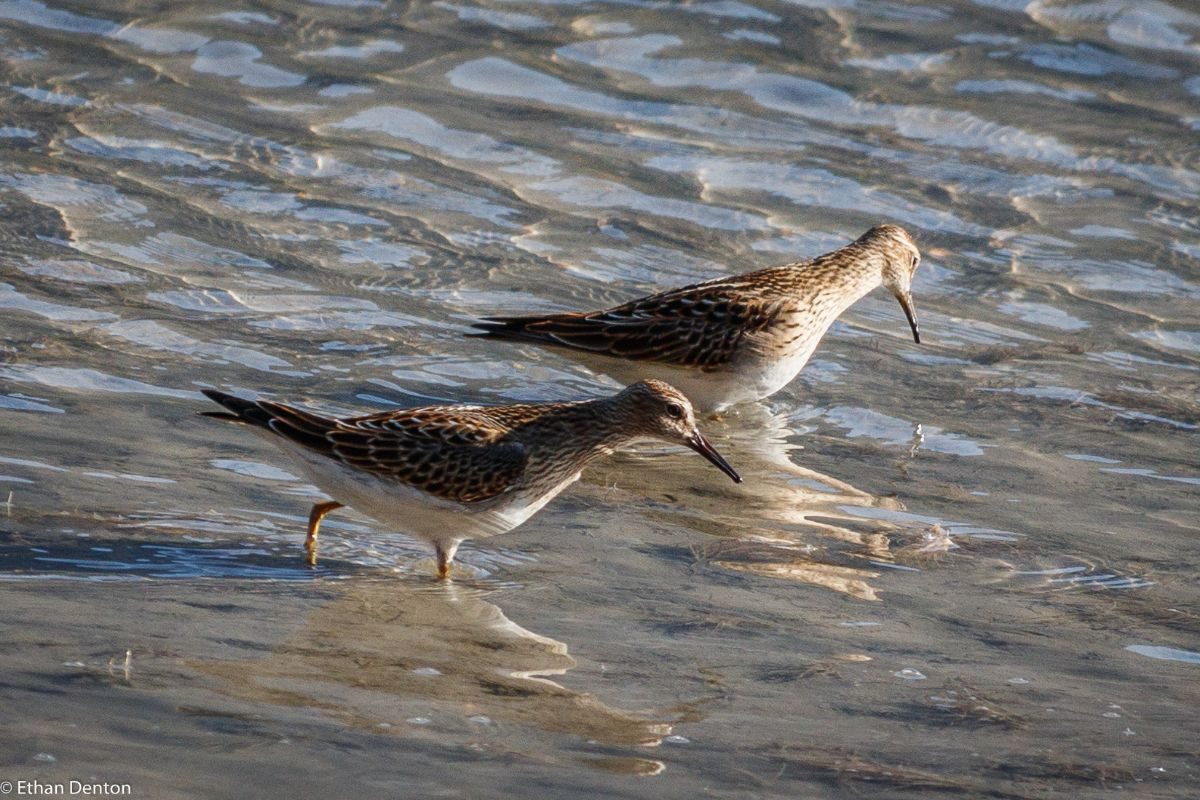
Pectoral Sandpipers, Vermillion Lakes – 2017
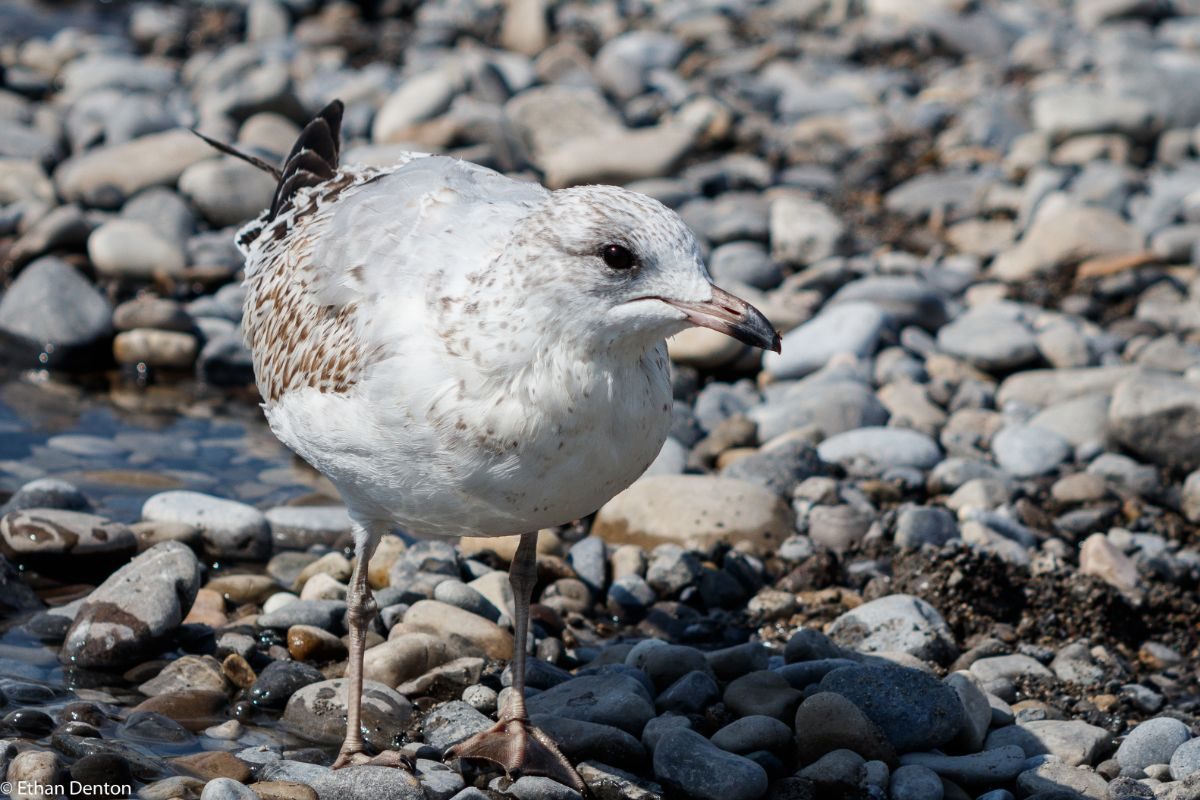
Ring-billed Gull, Vermillion Lakes
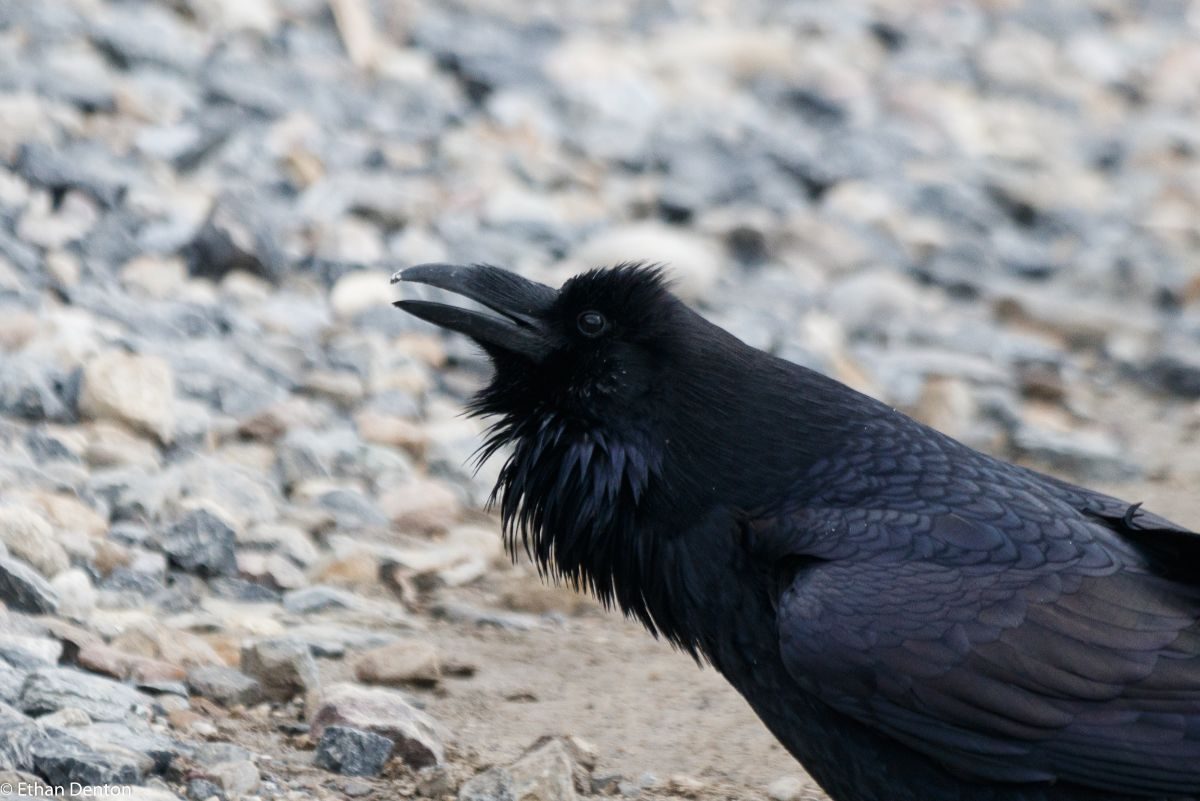
Common Raven, Vermillion Lakes
Anyone interested in consistent reports of what’s in the valley should check out the Bow Valley Birding Facebook page, and for more photos my personal blog, www.birdboy.ca
Thanks for reading, and I hope you take some time to bird the Bow Valley soon!
